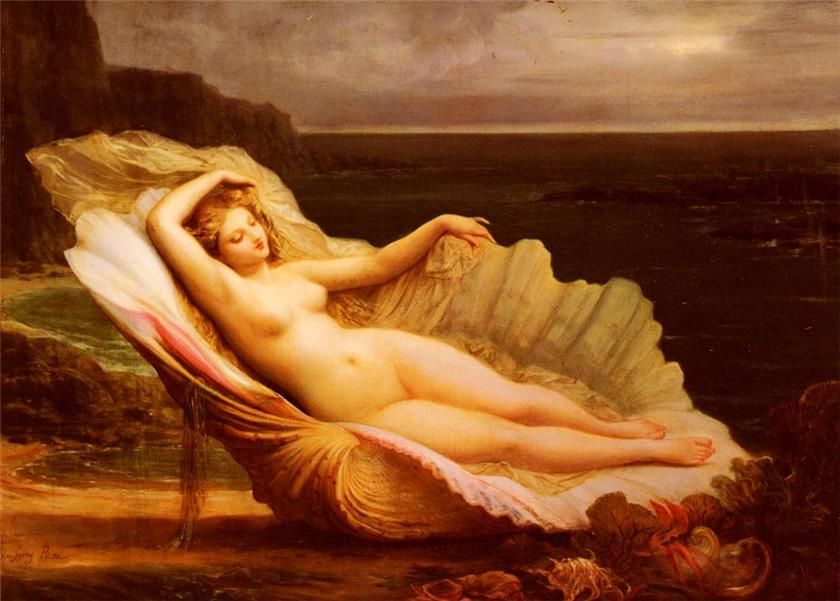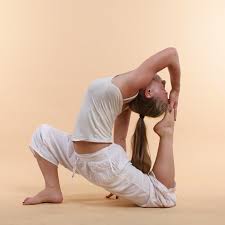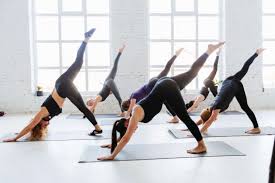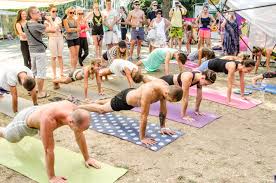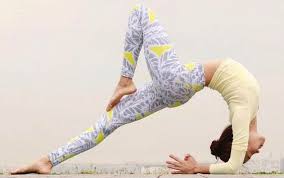blood circulation
Women’s theme
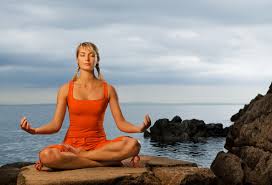 Women’s theme
Women’s theme
What is the relationship between what is described above and a woman? Why am I writing about consciousness referring specifically to a woman? Because a lot depends on a woman. A woman has a huge influence on a man, she has great power, but, unfortunately, either does not know about this power, or does not know how to use this power. Therefore, our world is ruled by selfish men who often use female power (read – “energy”) in their interests. Remember any production, and pay attention to who usually directs the process and who is the performer of all the dirty work? On female energy, including on unrealized sexual energy, a lot of things have been created in this world. And most often women do not even suspect this. It often happens that only for the fleeting attention to herself on the part of a man can a woman be capable of tremendous self-sacrifice. But this self-sacrifice often turns into a kind of energy manipulation – a man came, gave a little attention to a woman, received everything that she was capable of from her, and disappeared for a long time … he went to spend the powers received from her on his personal affairs. Continue reading
Ashtanga Vinyasa Yoga (part 1)
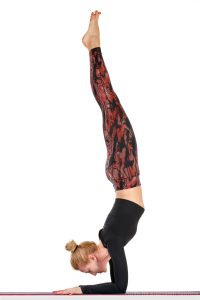 What is Ashtanga Vinyasa Yoga? P49A6399
What is Ashtanga Vinyasa Yoga? P49A6399
Ashtanga Vinyasa Yoga is a dynamic practice, which includes sequences of asanas, interconnected by sets of movements – vinyasas, and performed together with Ujayi-pranayama (a certain way of breathing), Bandhas (energy locks) and Drishti (focusing on certain points). During the practice, Dhyana (meditative state of consciousness) is preserved.
When synchronizing movement with breathing like ujayi and applying the energy locks mula bandha, uddiyana bandha during the asanas, a strong internal heat arises in the body, causing profuse perspiration. Thus, the process of cleansing and rejuvenation of muscles and internal organs occurs, toxins are removed from the body. As a result, the practitioner feels strength and lightness in the body. Vinyasa balances breathing and provides uninterrupted blood circulation throughout the body. Breathing becomes rhythmic, the body is strong, and the mind is calm. Continue reading
